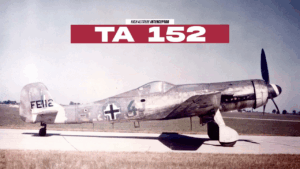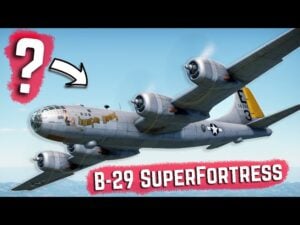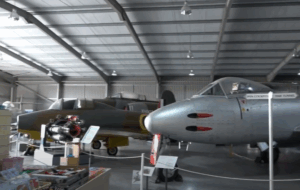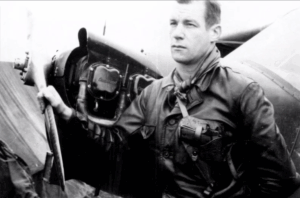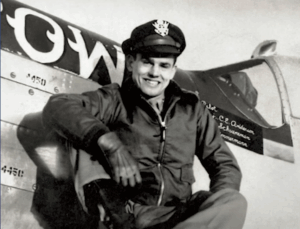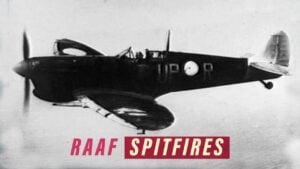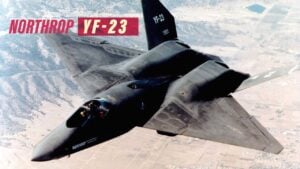Watch USAAF WWII Film How B-29s Used H2X RADAR for Target Bombing

WWII US Bombers / YouTube
During World War II, American B-29 bombers relied heavily on advanced radar technology to target enemy sites during missions over the Pacific and Japanese mainland. One of the key systems used was the H2X radar, which played a vital role in ensuring bombers could strike their targets even in poor weather or without direct visual confirmation.
The Role of Radar in B-29 Missions
In the early morning hours, B-29 bombers stationed in the Marianas prepared for their mission. Crews gathered for briefings, where they learned they would be bombing a target they would never see directly. Their mission required relying entirely on radar guidance to locate and strike their objective.
Hours after takeoff, the bombers crossed the Pacific under heavy cloud cover. At an altitude of 23,000 feet, visibility was limited, making traditional visual bombing nearly impossible. Despite the weather, the bombers pressed on using radar to identify landmarks and pinpoint their targets.
The H2X radar system, operated by a specialized crew member, allowed bombers to “see” through cloud cover. The radar sent a beam downward; when it struck water, the beam would not reflect, and the radar scope remained dark. However, when the beam struck land, it reflected back, appearing as a bright spot on the radar scope. This method allowed the crew to identify islands and coastlines even without visual contact.

Radar Precision and Target Identification
As the bombers approached Japan’s mainland, the radar operator adjusted the controls to sharpen the radar image. Two islands appeared on the screen—recognizable by their distinct mountain shapes—allowing the crew to confirm their position. This process required careful chart reading and coordination between the radar operator and navigator.
The bombers continued past Mount Fuji, which appeared as a bright spot on the radar scope. This landmark became an important reference point for the crew as they prepared for their bombing run. Data collected from radar instruments helped the Bombardier adjust calculations, ensuring precise targeting.
As the B-29s approached their destination, the radar isolated a key military site: the Kyushu aircraft factory near Tokyo. The radar operator guided the Bombardier, who adjusted the bomber’s heading and prepared to release the payload. Once aligned, the order was given to open the bomb bay doors, and bombs were released with precision guided by radar data.
The Aftermath and Technological Impact
The accuracy of radar-guided bombing played a significant role in successful missions over Japan. The ability to strike strategic military targets despite poor weather conditions marked a major shift in aerial warfare tactics. The H2X radar system became crucial for ensuring bombers could hit their objectives without relying on visual confirmation alone.
Although World War II ended, the impact of radar technology continued. Scientists who had developed these systems played a key role in advancing new inventions to improve both military and civilian technology. The precision achieved with H2X radar remains a defining example of how innovation influenced air combat during the war.
Keep going for the film below:














